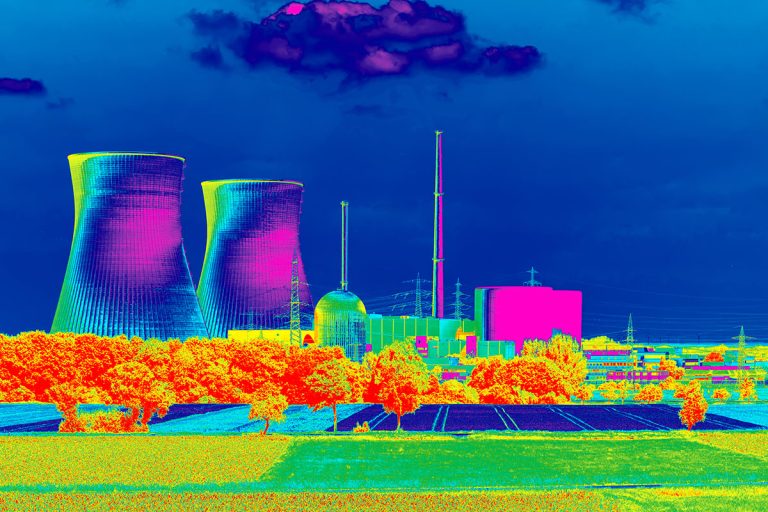Detailed profiling of the Martian atmosphere
Data from an infrared spectrometer on board the Emirates Mars Mission allows detailed analysis of atmospheric conditions during the Aphelion season.
State-of-the-art instruments aboard the Emirates Mars Mission (EMM) spacecraft, together with its relatively high orbit around the planet, are providing scientists with insights into the planet’s atmospheric temperature profiles, and the amounts of dust particles, water ice and water vapor present in the atmosphere.
“EMM’s orbit allows us to see more of the planet at once, and to measure the atmosphere at different times of day.”
“Many previous missions focused on studying the surface of Mars, which often meant that they observed small regions of the planet at the same local time for all their observations,” says Samuel Atwood, postdoctoral fellow at Khalifa University and one of the scientists in the international team analysing the EMM datasets. “EMM’s orbit allows us to see more of the planet at once, and to measure the atmosphere at different times of day. This means we can learn more about the daily dynamics of the atmosphere.”
For this study, the team analysed thermal infrared spectra from the Emirates Mars Infrared Spectrometer (EMIRS)1. The spectrometer measures surface temperature, and can also estimate 3D atmospheric temperature profiles in columns from the ground up to around 40 kilometres above the surface. Further, the EMIRS measurements enabled the researchers to estimate the abundance of dust aerosols, water ice and water vapor in the atmosphere.
“It is exciting to learn about the day-to-day atmospheric patterns on Mars,” says Atwood, whose team has developed a novel algorithm to interpret the data. “These initial findings show that the planet was relatively cool and cloudy, but with little dust in the air; not surprising given the data was collected during the Aphelion season,” the time period in each Martian year when Mars is farthest from the Sun.
Water ice clouds were plentiful, with the Aphelion Cloud Belt prominent, and water vapour reached its maximum abundance at high northern latitudes over the summer solstice. Dust opacity was at its annual minimum, showing a latitudinal gradient with more dust in the northern hemisphere. One surprising feature was a regional dust storm that occurred earlier than expected for the season; the EMIRS measurements showed that atmospheric temperatures in the region increased significantly during the storm.
“The new spatial and temporal scales enabled by EMM provide us with a wealth of data. This study is just the beginning,” says Atwood. “Going forward we will be using this information to compare against existing models for the Martian climate and atmosphere, and this will allow us to refine our understanding of how the atmosphere changes over time.”
The research being conducted by Atwood is part of the Khalifa University and University of Colorado-Boulder EMM collaborative research program, which launched in 2020.
References
1. Smith, M.D. et al. EMIRS observations of the Aphelion-season Mars atmosphere. Geophysical Research Letters, 49, e2022GL099636 (2022). | Article




